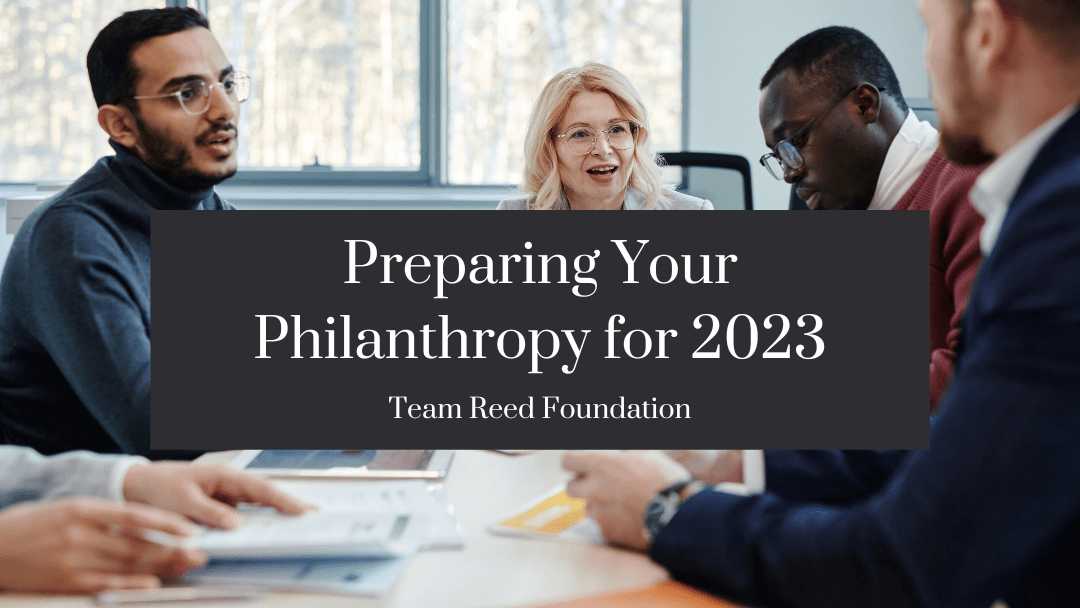The rapid emergence and evolution of new technologies and the increasing complexity of the philanthropic landscape have created a new environment for philanthropy. Many organizations have been able to navigate these changes successfully. They responded quickly to the recent COVID and other crises by working with new partners and adopting new grant-making practices.
Despite the various challenges presented to philanthropy over the past three years, the world still needs you. To effectively address challenges, leaders should adopt three behaviors to prepare for 2023.
Tune Up Your Strategy
As a philanthropist, you must regularly review your strategy to ensure that it’s still relevant and can adapt to the changes the world around you brings. This strategy should be developed quickly and should be able to respond to the changes brought about by the world around you.
You must take a deep look at your current situation and identify the three most important steps that you can take to improve it. These steps will help you reach your goals in the next 12 months. After you have a strategy in place, everyone on your team must be aware of the top priorities that you have in mind.
Have a New Mindset
Funders should consider implementing an abundant mindset when building their organization. This is a belief that the more they put into their organization, the greater its return. They must also have the necessary resources to provide a well-rounded and innovative staff. An abundance mindset can help you reach your goals and improve your organization’s impact.
Despite your challenges, you should remain focused on improving and delivering value to the communities you serve. This means investing in the people and technology that will help you reach your goals and improve your organization’s impact.
Becoming Agile
Regardless of how you experienced the pandemic, it’s important to remember that maintaining and strengthening your agility muscles is still important. Although the pandemic may have officially ended, it’s still important to keep developing these muscles.
Moreover, it would be best if you considered when building your organization to be able to capitalize on new opportunities. This can be done by looking for new ideas and developing strategies to solve problems that are not currently prevalent. Over the next few years, a growing number of grant-making organizations will be focused on solving problems that are not currently being addressed.

